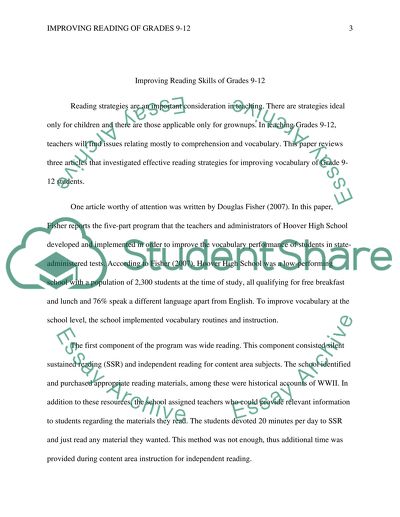Cite this document
(“Literature Review of Studies Focused on Vocabulary Development Research Paper”, n.d.)
Retrieved from https://studentshare.org/education/1490379-literature-review-of-studies-focused-on-vocabulary
Retrieved from https://studentshare.org/education/1490379-literature-review-of-studies-focused-on-vocabulary
(Literature Review of Studies Focused on Vocabulary Development Research Paper)
https://studentshare.org/education/1490379-literature-review-of-studies-focused-on-vocabulary.
https://studentshare.org/education/1490379-literature-review-of-studies-focused-on-vocabulary.
“Literature Review of Studies Focused on Vocabulary Development Research Paper”, n.d. https://studentshare.org/education/1490379-literature-review-of-studies-focused-on-vocabulary.


